Wall cladding is becoming one of the most preferred construction and design solutions in today’s buildings. From residential homes to commercial spaces, wall cladding is used for both exterior and interior walls. But why has it gained so much popularity? Let’s explore the reasons in simple terms.
What Is Wall Cladding?
A Simple Definition
Wall cladding is a process where a material is placed over a wall to provide protection, decoration, or both. It acts like a skin that covers the actual structure of the building.
Common Materials Used
- Wood
- Vinyl
- Stone
- Brick
- Metal
- Fiber cement
- PVC panels
Each material has its own unique benefits and style.
Why Wall Cladding Is So Popular in Modern Construction
Let’s break down the key reasons:
1. Improves Aesthetic Appeal
Stylish and Modern Look
Wall cladding makes a building look more beautiful. It can transform a plain wall into something stylish and attractive. With different textures, colors, and finishes available, designers can get very creative.
Versatile Designs
Whether you want a rustic feel with stone cladding or a sleek look with metal, wall cladding offers a wide variety of options to match different themes.
2. Protects the Building Structure
Acts as a Shield
Cladding acts like a protective layer. It guards the wall against rain, wind, heat, and other weather conditions. This helps in reducing wear and tear on the actual building material.
Prevents Water Damage
Cladding can reduce moisture build-up and prevent water from seeping into the walls. This helps in avoiding mold, cracks, and damage inside the building.
3. Energy Efficiency
Keeps the Building Cool or Warm
Wall cladding improves insulation. It helps keep the indoor temperature stable, reducing the need for air conditioners in summer and heaters in winter.
Lower Energy Bills
Better insulation means less use of energy, which leads to lower electricity bills over time.
4. Low Maintenance
Easy to Clean
Many cladding materials, like PVC or metal, are easy to clean with just water and mild soap. You don’t need to paint or treat them often.
Long Life Span
Good quality cladding materials last for many years without much upkeep. This makes them a cost-effective choice in the long run.

5. Increases Property Value
More Attractive to Buyers
When your home or building looks good and is protected, it naturally becomes more appealing to potential buyers or tenants.
Strong First Impression
People often judge a property by its exterior. A well-cladded building gives a strong, professional, and modern impression.
6. Sound Insulation
Reduces Outside Noise
Wall cladding can reduce noise from traffic, neighbors, or machinery. This is especially helpful in busy cities or near industrial areas.
Creates Peaceful Interiors
Soundproofing through cladding improves comfort and creates a quieter indoor space.
7. Fire Resistance (Depending on Material)
Added Safety
Some cladding materials are fire-resistant and can slow down the spread of fire, providing extra time for evacuation and reducing damage.
Building Regulation Compliance
Fire-rated cladding materials help in meeting safety standards set by authorities.
8. Quick Installation
Saves Construction Time
Wall cladding panels are usually easy to install. Some systems come ready to fit, which speeds up the building process.
Less Labor Cost
Faster installation often means you need less labor and time, which cuts down on overall project costs.
9. Eco-Friendly Options
Use of Recycled Materials
Some cladding is made from recycled or sustainable materials, making it a better choice for the environment.
Lower Environmental Impact
Less maintenance, better insulation, and longer lifespan mean less waste and a smaller carbon footprint.
Where Can Wall Cladding Be Used?
Wall cladding is highly flexible and can be used in different places:
Residential Homes
- Living room feature walls
- Exterior home walls
- Kitchen backsplashes
Commercial Buildings
- Office lobbies
- Retail stores
- Hotel interiors
Industrial Facilities
- Warehouses
- Manufacturing units
Choosing the Right Wall Cladding Material
Factors to Consider
Climate
Choose materials that can withstand the weather in your area. For example, metal is great for hot regions.
Style Preference
Pick a look that matches your building’s design and your personal taste.
Budget
Some materials are more expensive than others, so consider what fits within your budget.
Maintenance
If you prefer low-maintenance options, go for materials like vinyl or metal.
Tips for Hiring a Wall Cladding Contractor
1. Check Experience
Hire professionals who have experience in wall cladding projects similar to yours.
2. Ask for Samples
Always check samples of their previous work to make sure they meet your quality expectations.
3. Get a Quote
Ask for a detailed estimate that includes materials, labor, and time.
4. Ensure Warranty
Good contractors offer warranties on both materials and workmanship.
Conclusion
Wall cladding is more than just a trend. It offers beauty, safety, and functionality to modern buildings. From improving looks and insulation to providing long-lasting protection, wall cladding brings many benefits that make it a smart choice in today’s construction world.
If you’re planning to build or renovate, consider adding wall cladding to your design. It’s an investment that pays off in comfort, appearance, and value for years to come.
For more insightful articles related to this topic, feel free to visit viewsparrow
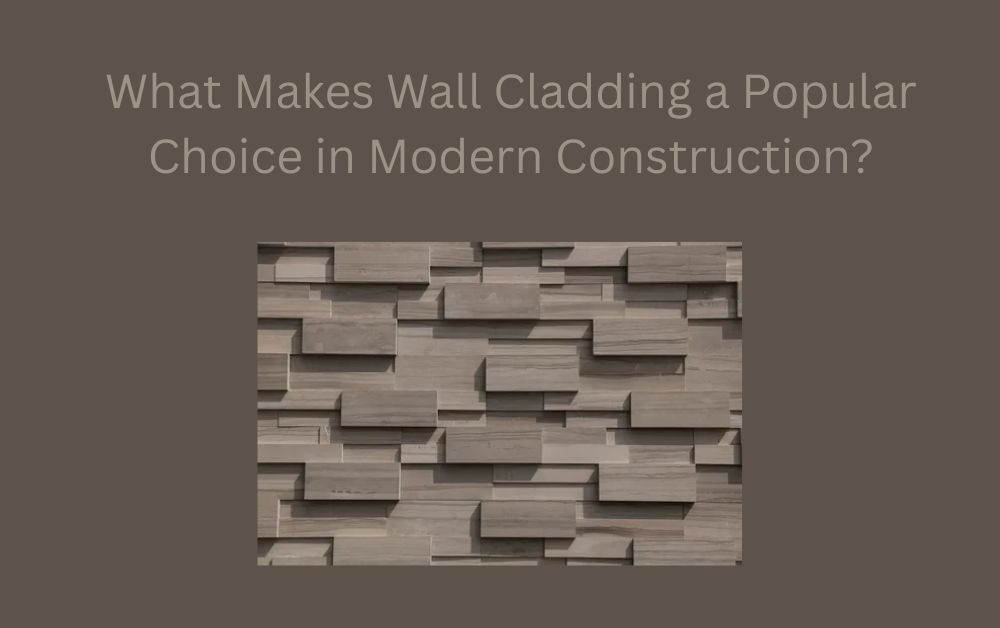
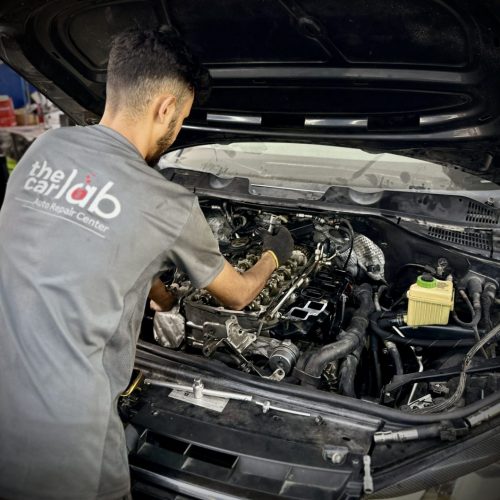

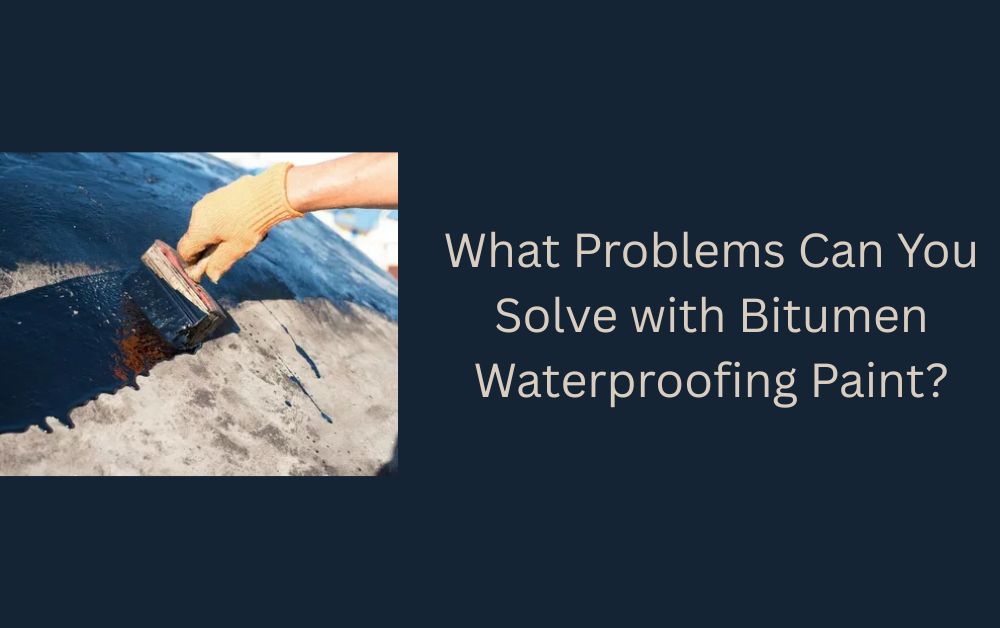

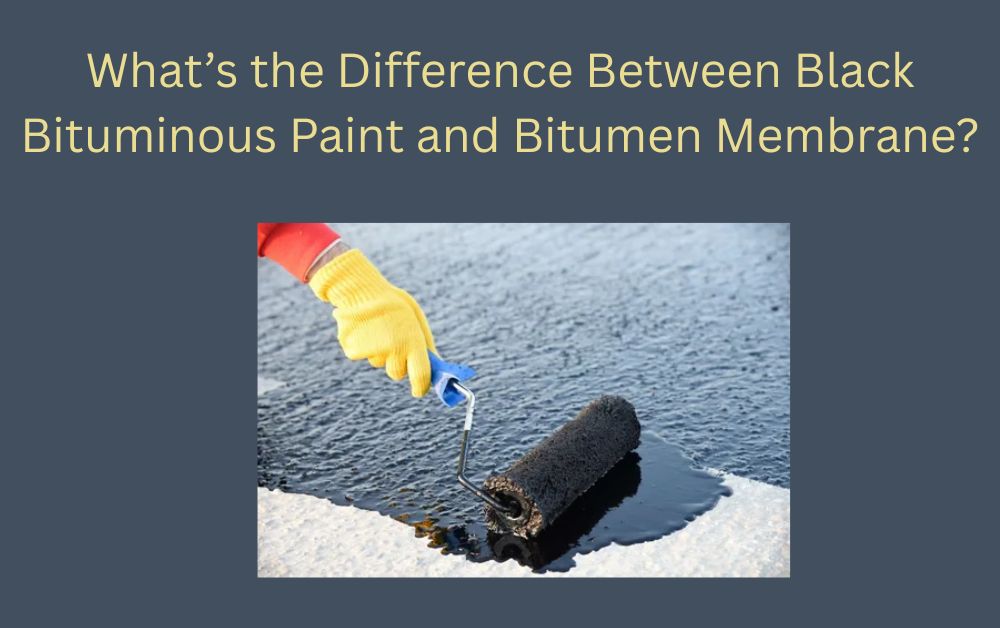
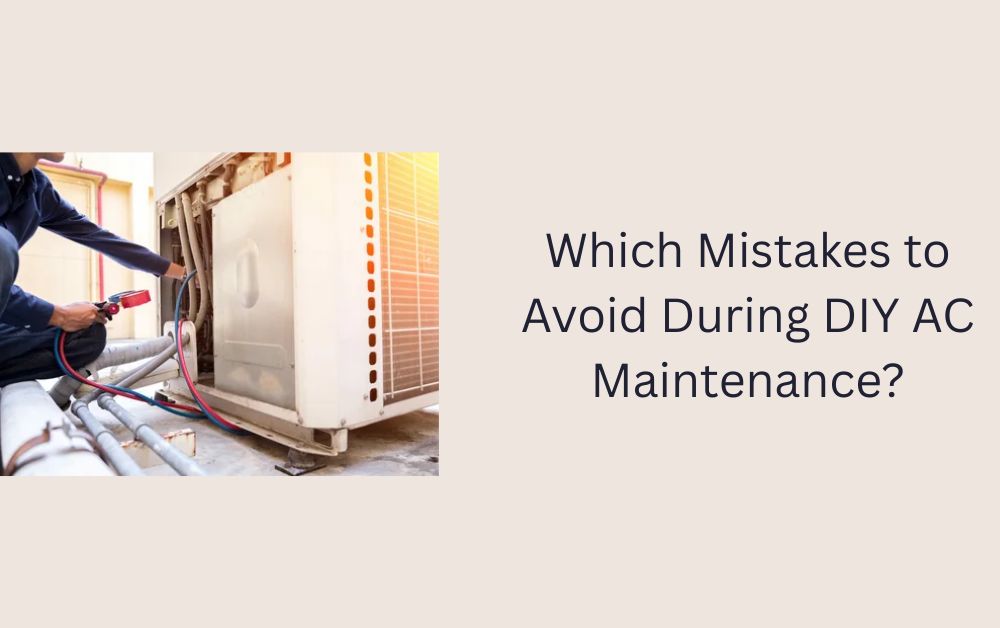

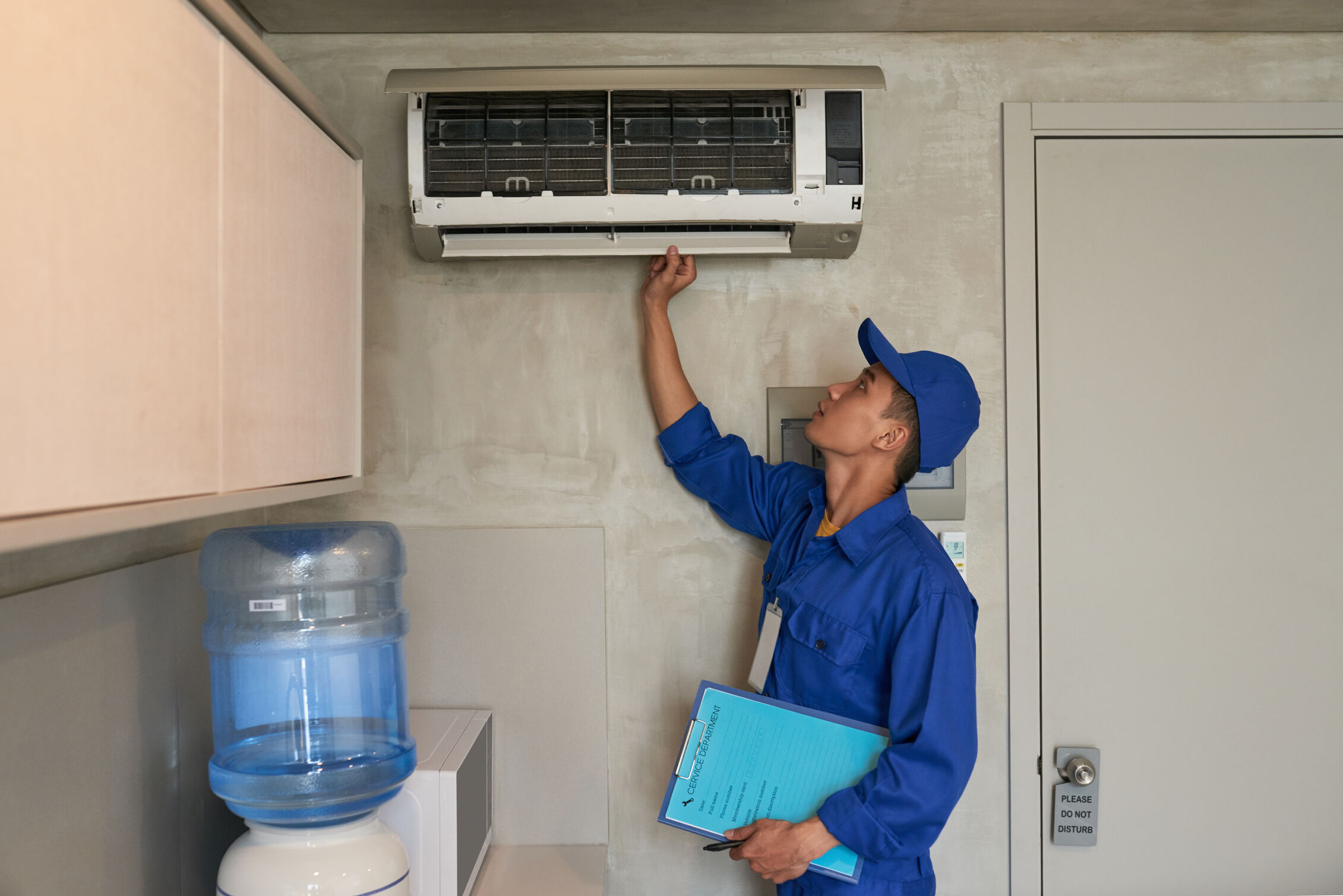



Leave a Reply